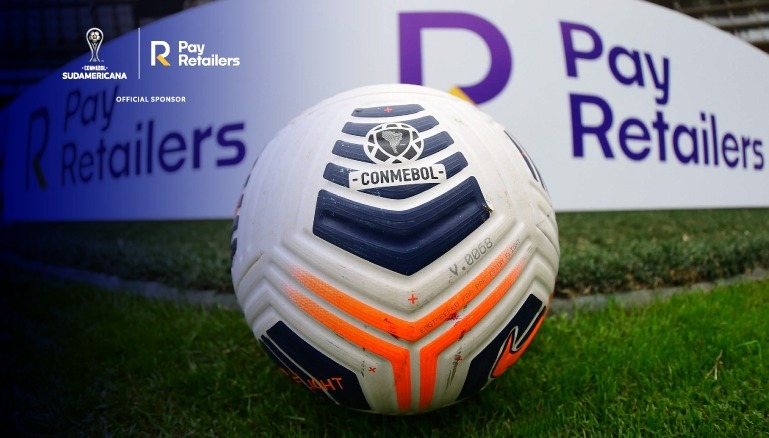According to WorldAtlas, football is the world’s most popular sport, with a following of over 4bn people. The 2nd and 4th most popular sports are cricket and tennis, with 2.5 and 1bn people respectively. All three types of sports originated in England in the 19th century, but historians found out that these types of sports have been exercised far earlier, believing that e.g., football has been played in China even 2k years ago. This makes sense, since you don’t need lots of expensive or technologically advanced equipment to play it – unlike with cricket or tennis –, just a ball, some friends, and an open space anywhere in your vicinity.
Football, called soccer in the USA and Canada, has gained enormous traction during the 20th century, and the FIFA World Cup has grown into the biggest sports event on the globe, since its inception in 1930. Especially South American teams have been successful, with Brazil, Argentina and Uruguay at the forefront. The record holder of numbers of titles won is Brazil, with 5 trophies. Argentina and Uruguay hold two titles each.
In those three countries, no other sport is as widespread or enjoys as much popularity as football. Since its beginnings, Argentine football has provided important impetus to the game through lively international exchange. Brazil is the most successful football nation in the history of the game, and the only country to qualify for all previous World Cups. Uruguay’s international successes make it the most disproportionate football nation, with a population of only three million.
The story of football in South America begins at the Rio de a Plata, that is situated in between the capitals of Argentina (Buenos Aires) and Uruguay (Montevideo). Both cities have been under the influx of European emigrants in the late 19th century. The main drivers of making the sport known better have been seamen and English emigrants. In the following years, many teams have been founded, that are still around today, like Corinthians, River Plate and Vélez Sarsfield. These names show the influence of the Englishmen since many of the teams have been founded by British schools and sports clubs.
Today, the city with the most football stadiums is Buenos Aires, with a whopping 30 of them, while London still is the city with the most football teams in the world.
Commercial interest in football
We have learned that 4bn people across the world are football fans to varying extent and, with having that many fans, the possibilities for marketing activities and spreading the word about companies and their services has gained ever more traction. E.g. decades ago, stadiums had just one side of fixed banners, while today LED technology and multi-layered advertisements are shown on the fields, accompanied by digital ones on TV and the internet.
The 2016 study by PwC called “Football’s digital transformation” sheds light on the development process of a football team to properly reach its fans and harvest its commercial potential.
The first pillar mentioned is the digital ecosystem: Clubs need to offer hyper-targeted content, that enables the user to be closer to the team or even individual players and receive data of interest. In former times, there has only been mass content that fostered engagement among fans, but with the digitalization more and more personalized content arose that introduced a monetization layer. The next step is the said hyper-targeting that opens the clubs up to getting lifetime value within a digital ecosystem.
The second pillar is crowdsourcing as a new means of engagement. It offers a powerful opportunity for clubs to derive more value from their biggest asset, the passionate, energetic fan. Listening to fans will open doors for business, financial and performance solutions which are effective in terms of cost and time. Direct involvement in problem-solving for clubs will reinforce fan loyalty and take fan engagement a big step forward.
The third pillar is audience development. Clubs and players will use social media even more intensively to target fans that their current social-media strategies are not reaching. Direct monetization via social media will become possible, yet social media will still mainly focus on brand-building and audience development for clubs, players and sponsors. The new digitized match day will enable clubs to offer more information to fans, and leverage content related to the match.
The last pillar is match data and wearables. Digital self-measurement and data analytics will become an integral part of our everyday life. Video and augmented reality wearables will significantly change the match experience. Wearable technologies and data analytics will become highly sophisticated and will offer advanced products, services, and applications. New business models and marketing strategies will be derived from connected and integrated data analytics and wearable ecosystems.
Companies outside the football universe are getting more and more into marketing activities to help spread their word and find mutual ground for further development and supporting fans to be able to follow their favorites clubs. Therefore, PayRetailers is the Official Sponsor of the CONMEBOL Sudamericana™ for the 2021 and 2022 seasons.


